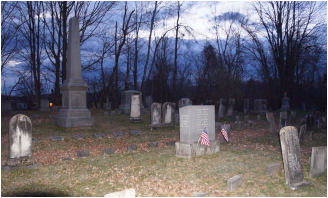 Brown family plot, Fort Ann Cemetery, Fort Ann, Washington County, New York.
Brown family plot, Fort Ann Cemetery, Fort Ann, Washington County, New York. Let’s start with what I know. From the little research I’ve done so far on Israel - and using largely only online records to date - he was born in Stonington, New London County, Connecticut to Jesse Brown and Hannah Leeds.[1] In 1775, Israel is reported to have served in the Dutchess County, New York militia, 3rd regiment, under Colonel John Field, Colonel Andrew Morehouse, and Major Jonathan Paddock[2], as a private.
Israel married Mariam in New York on January 25, 1776[3] and I believe they up to ten children, including Thomas, Elisha (1794-1878)[4] and Phoebe (1790-1875).[5] Both Elisha and Phoebe have proven to be important in "connecting the dots" in this family for me.
The family largely resided in the Fort Ann, Washington County, New York area. Fort Ann was originally known as Westfield, and the name changed while Israel was in residence. He died there on November 16, 1839, and is buried in the Fort Ann Cemetery.[6]
So what do I need to learn?
Well, that depends on what question I'm trying to answer. The immediate need, as far as I can see today, is to prove the lineage from Israel to me via accepted documentation in order to obtain membership in the DAR. To do this, I need evidence of each generation, one to another:
Israel > Thomas T. > Oscar F. > William W. > Michael T. > Me
At present, I have plenty of documentation from Oscar on down... It's the connection from Israel to Thomas and then Thomas to Oscar that I need. As a result, my question becomes this:
"What resources are available that will confirm or deny the father/son relationships between Israel and Thomas and Thomas and Oscar?"
My next objective will be to create a research plan in order to answer this question.
[1] Brown, Israel. “Connecticut Town Birth Records, pre-1870 (Barbour Collection).” Ancestry.com, 2006. Accessed 10 Jul 2016.
[2] Rumpf, Myrtle B. Supplemental Information, Daughters of the American Revolution Application. Ancestor #A015474, dated 30 Jan 1948. Accessed 01 Aug 2016. http://www.dar.org/
[3] Ibid.
[4] Ibid.
[5] Ibid.
[6] Anonymous Author. Email and photos in possession of Baldwin, Jen. Fort Ann Cemetery, Fort Ann, Washington County, New York. Received July 2016.

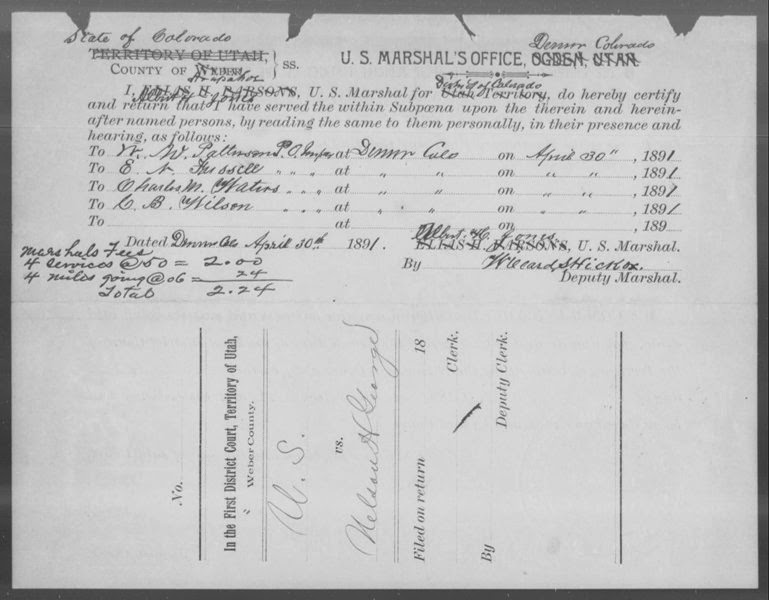
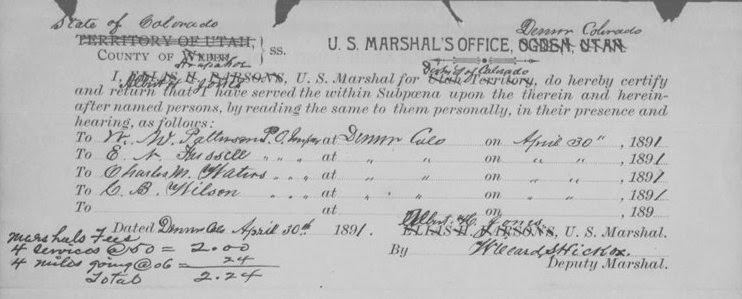
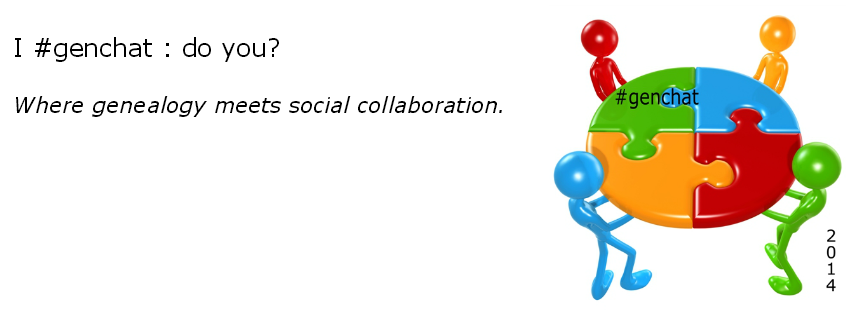
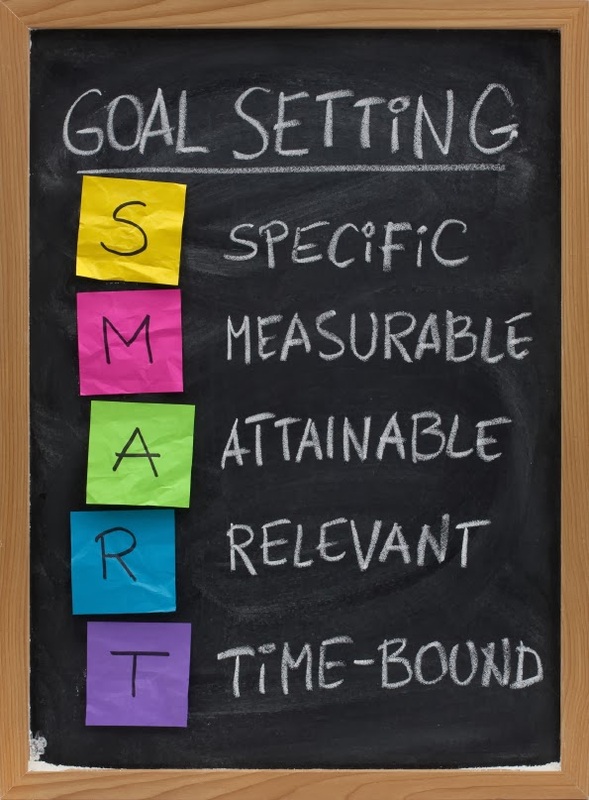
 RSS Feed
RSS Feed
